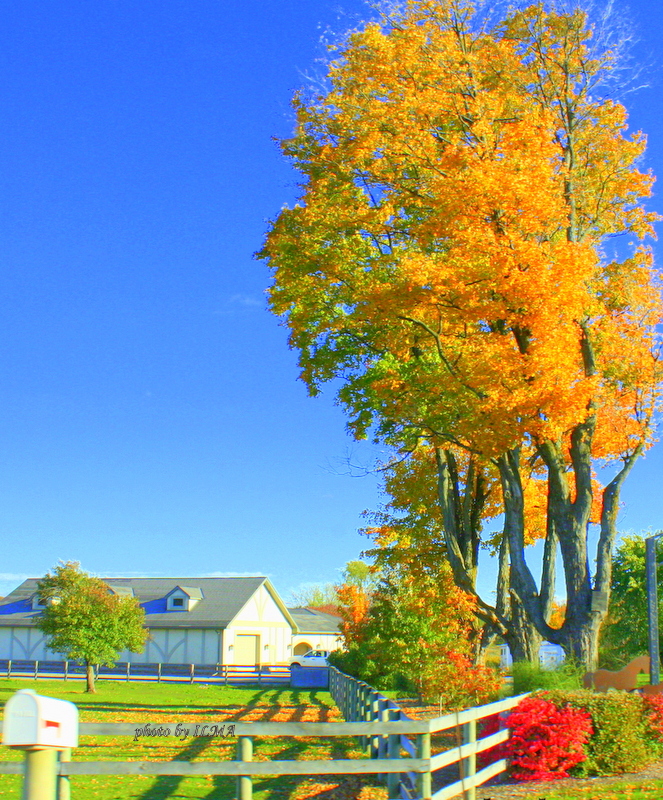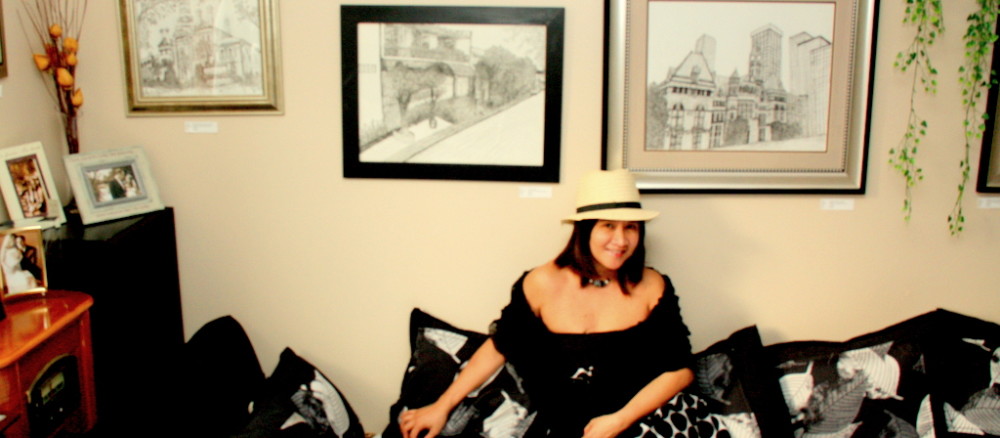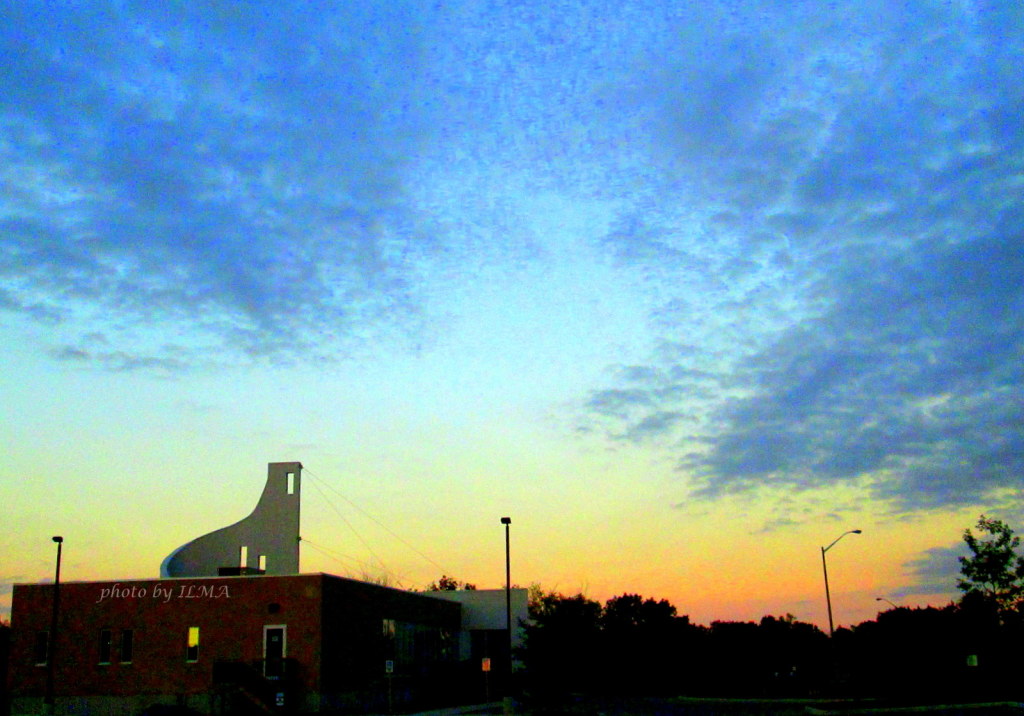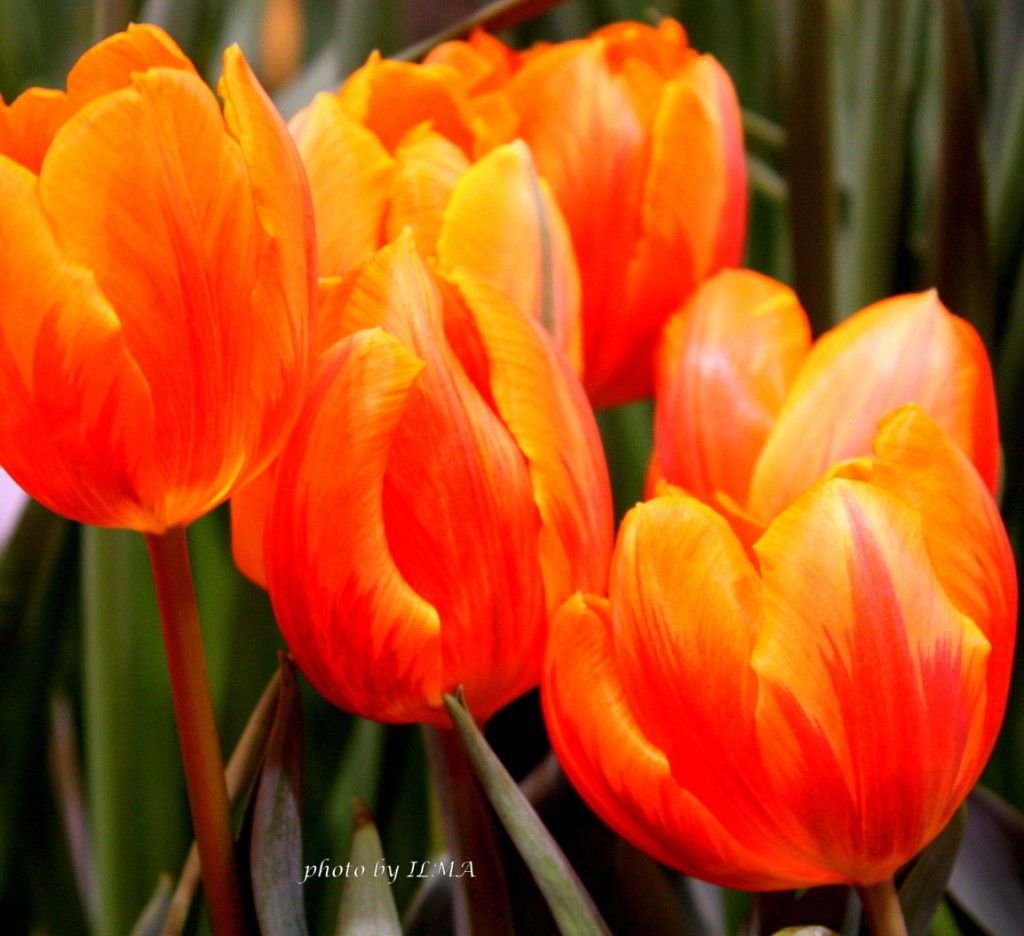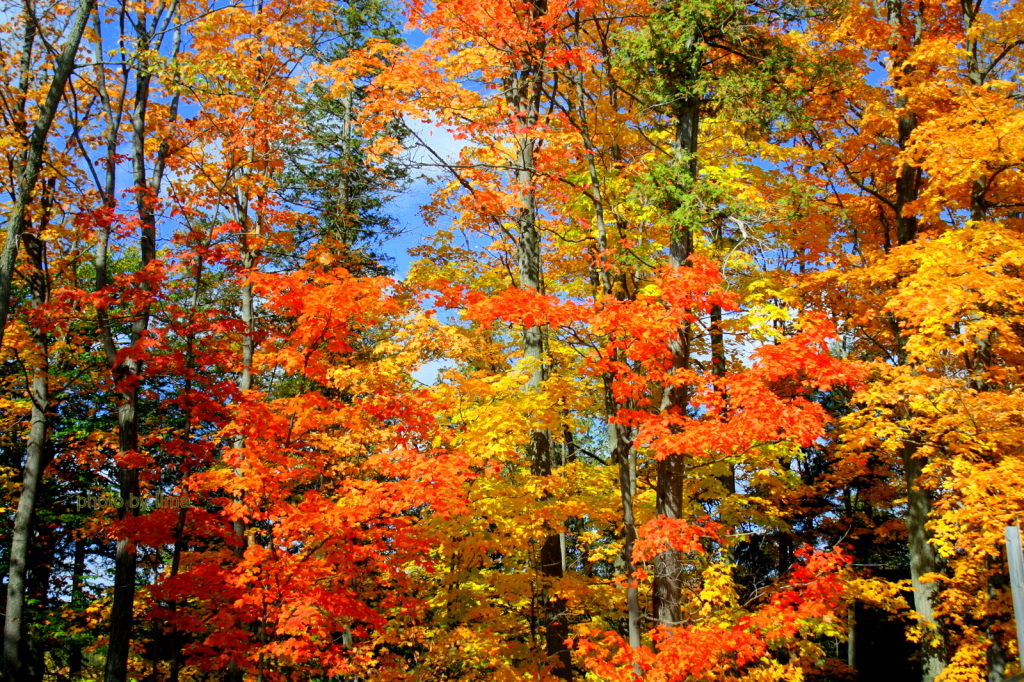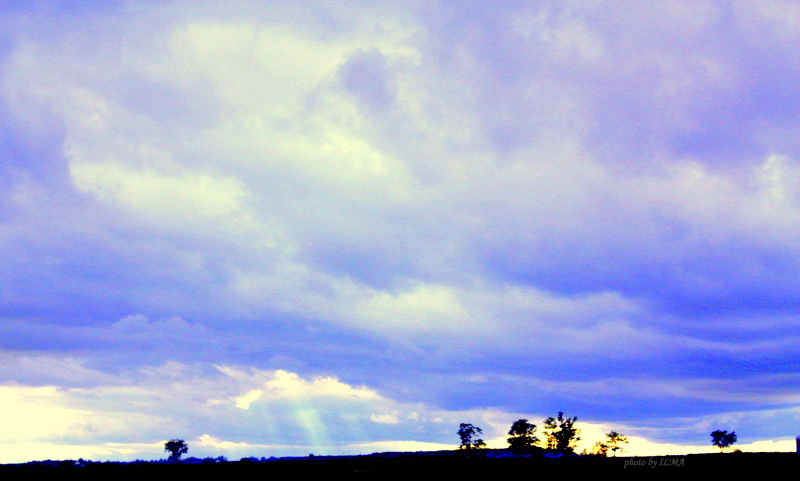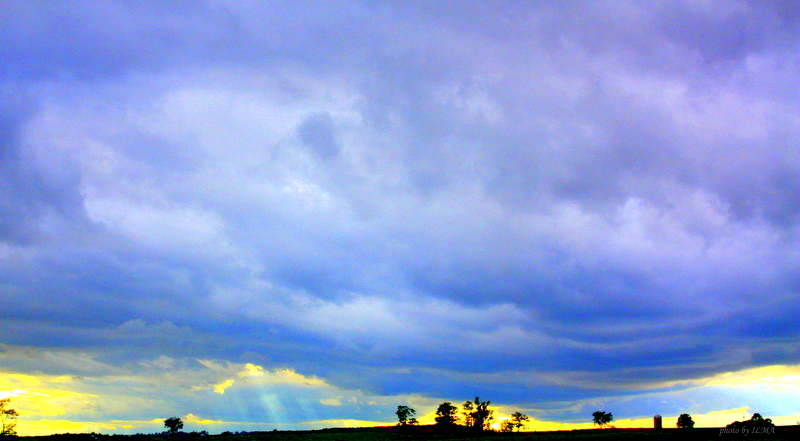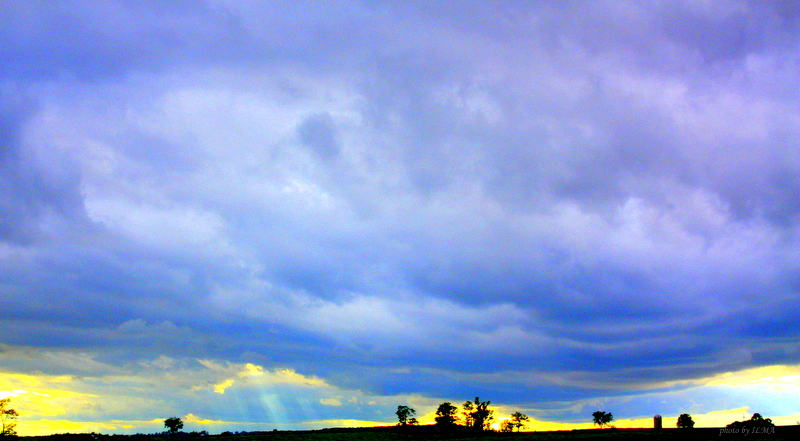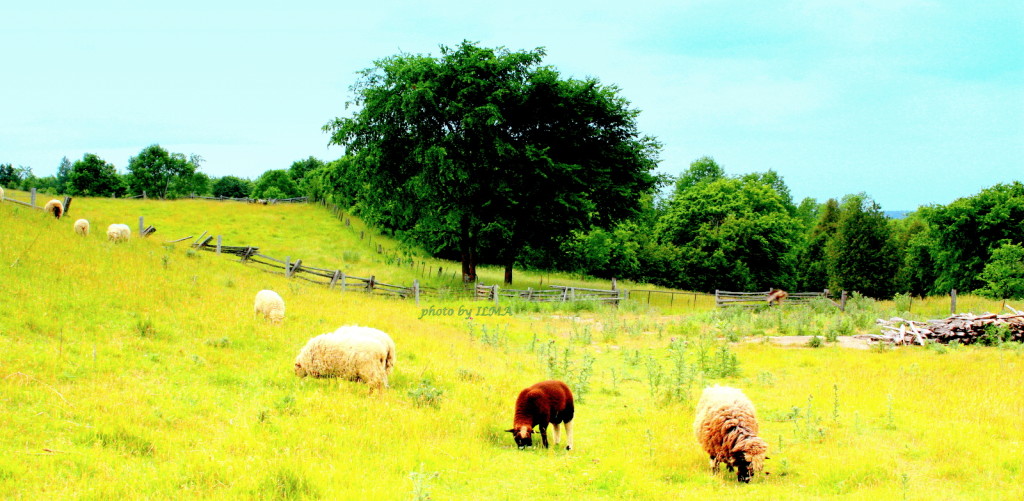PROVERBS 16
25 There is a way that seems right to a man,
but its end is the way to death.
26 A worker’s appetite works for him;
his mouth urges him on.
27 A worthless man plots evil,
and his speech is like a scorching fire.
28 A dishonest man spreads strife,
and a whisperer separates close friends
29 A man of violence entices his neighbor
and leads him in a way that is not good.
– Proverbs 16:25-29
PROVERBS 16 A WAY THAT SEEMS RIGHT
A poem by ILMA inspired by these verses
There is a way that seems right but leads to death
It only takes care that a man’s interests are satisfied
This path caters to all that is comfortable and easy
There is no room for hard and difficult in this journey
The way that seems right does not want endurance
This path does not create relationships and character
The way that is truly right is the one that leads to God
It is narrow and difficult because this path leads to life.
We live in a world where most people hug and hoard comfort and an easy life. The world system has corrupted our minds thinking that the easy way is the right way. It may seem right because it caters for getting your desires met but it actually leads to spiritual death.
It is okay for unbelievers to take this path because they do not know the Lord, but Christian must watch which road to take because in Luke 9:23, Jesus requires his followers to deny themselves and take up their cross daily and follow him. To deny oneself means to cater to the way of the Spirit rather than satisfying the cravings of the flesh. So, the right path isn’t supposed to be easy and comfortable.
REFLECTION
- Why do some people think that the easy way seems to be the right way?
